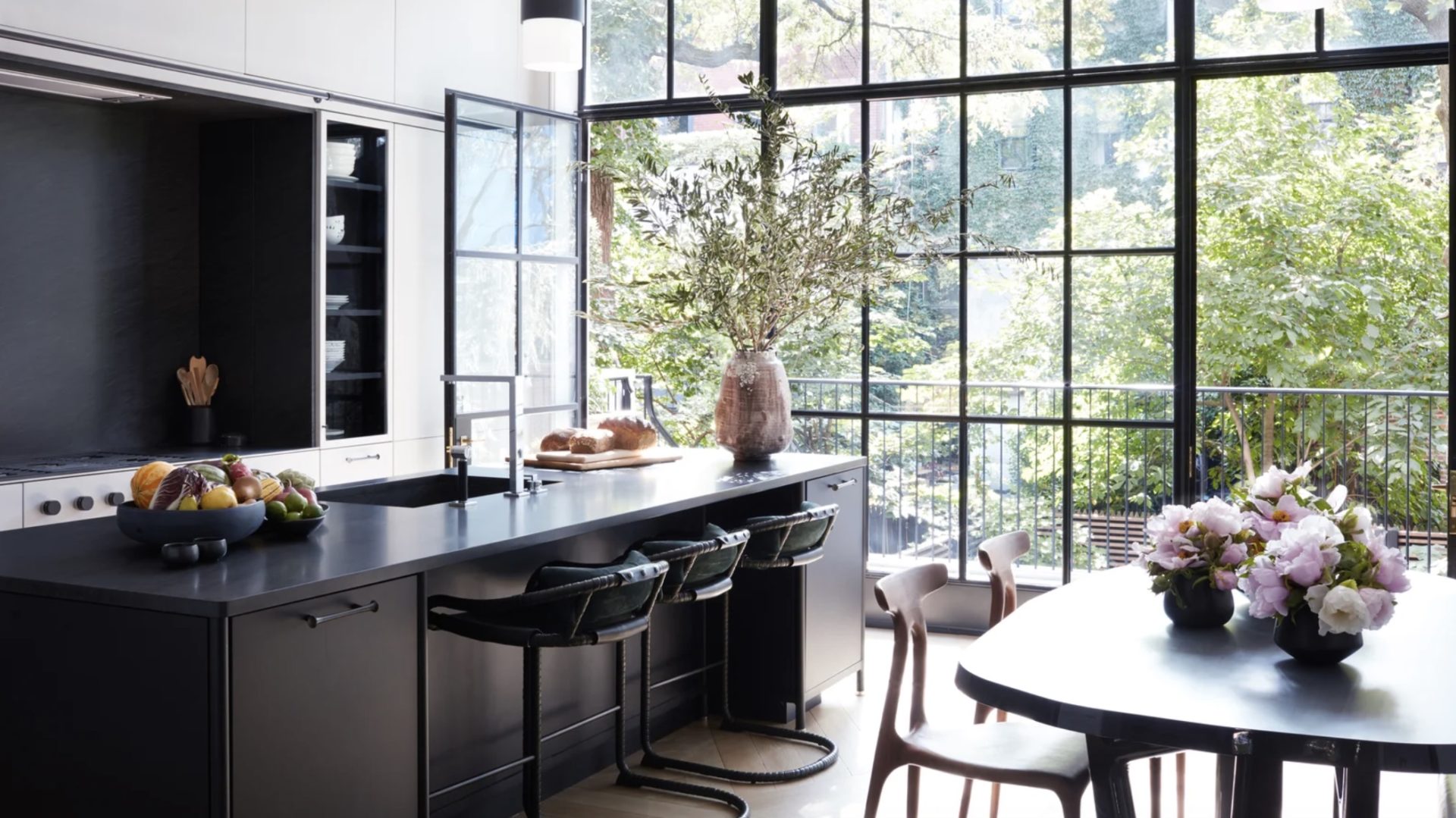Perpetually inside? Design pros suggest ways to change your interiors using what you already have.
Quarantined as we are, you’ve likely cleaned your quarters so thoroughly you expect a lightning-bolt worth of Marie Kondo’s sparky joy.
It’s indisputably gratifying to have tossed expired food cans and vacuumed the grit from between sofa cushions. But when self-satisfaction wanes, your décor remains…the same. From reconsidering your lighting to upgrading your bedding, suggestions for making the space you’re isolating in feel new again. Read more, ’10 Reasons Your House Needs An Interior Designer.’
Interiors can begin to look stale when languishing at home indefinitely. If you’re lucky enough to be healthy but bored, having already reorganised your pantry and wardrobe, you might be in need of another project to fill some of the remaining hours of self-isolation. Perhaps, like many of us, you’re also feeling overly familiar with every contour and corner of your home, and are longing for a not-too-daunting, not-too-costly way to refresh it. Here are 10 simple home-décor projects you can accomplish without the need for outside help. While none is a huge undertaking — no power tools or wall removal required — each can give an old room a new look and will cost you far less than a complete overhaul. After all, as the world stands still, why should our homes not evolve? Read more, ‘Why You Should Redecorate Until You Kick The Bucket.’
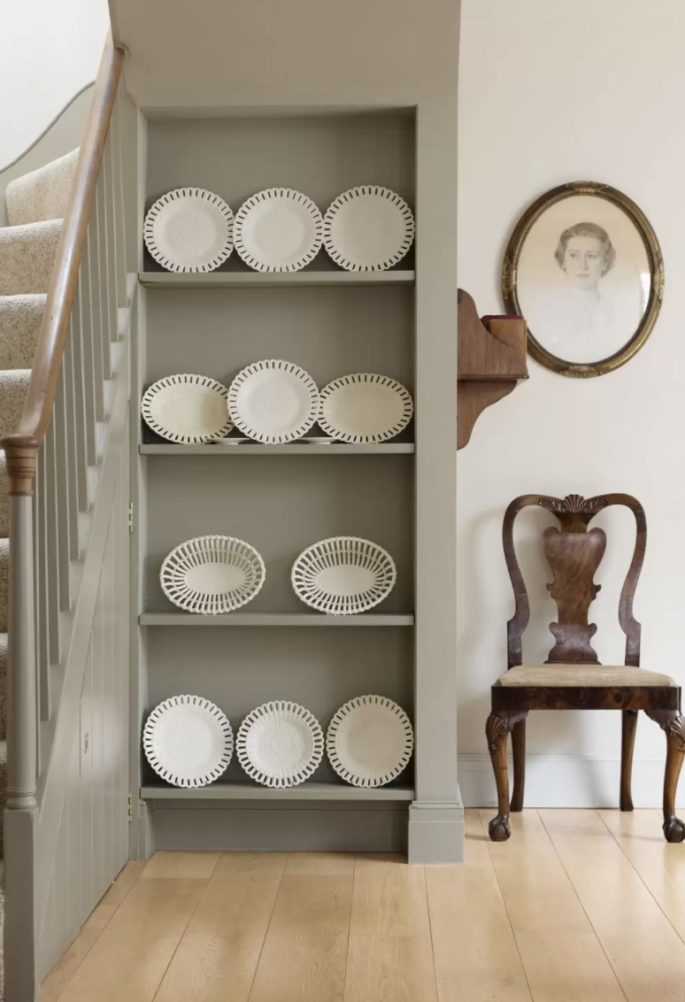
Use up surplus paint: and transform the back of a bookshelf or stairway using a great colour. Image via House & Garden UK.
Play With the Floor Plan
A big mistake people make is leaving their room layouts the same as they did when they first moved in. And everyone thinking there’s only one right furniture placement; everyone’s wrong. By moving a sofa which blocks an elegantly curved window so it might sit perpendicular to the window, then placing two chairs opposite, you might experience the view—the room’s focal point—in a totally different way. Try taking a chair out of the dining room, and allowing it to sit beside a bookcase or the fireplace. It might achieve a totally different look. Which is just what happened when we moved an armchair from the hallway into the main sitting room recently.
Liberate Your Lamps
You finally have time to snuggle with a good book or play Scrabble with the kids in the living room, only to discover that your beloved 1946 Gio Ponti chandelier casts unusable mood light and produces dreary shadows. Dust off that task lamp in the attic and bring in tabletop lights from a decidedly guest-less guest room. When we’re craving safety and comfort, table and floor lamps are ideal. Read more, ‘Let There Be Light, But Make Sure It’s Good Light.’
Unlike downlights, which can be harsh or dominating, lamps at differing heights and scales can be controlled to create the desired effect.
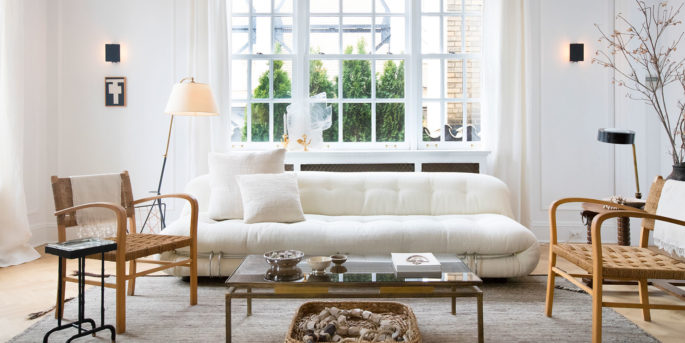
Liberate your lamps: Dust off that task lamp in the attic or lights from unused guest rooms. When we’re craving safety and comfort, table and floor lamps are ideal. Image via Jeremiah Brent Design.
Make Your Bedroom a Den
Our living rooms, dining rooms, kitchen, and other “public areas”—once sanctuaries from our work, school and social lives—have been hijacked for those purposes. For a quiet place to retreat, try moving a comfortable chair or small sofa into your bedroom, and because natural light is so important, you will score extra points if it sits underneath a window. Read more, ‘How To Decorate A Bedroom.’
Deck the Walls
Previously-little-used spaces might need some love. Move a piece of art that brings you joy into the room where you’re spending the majority of your time. If you have an heirloom collection of a great grandmother’s Royal Worcester china, take it out of hiding and array some pieces on the wall. You might not have an extra painting or mirror lying around, but chances are you’ve one of each hanging somewhere in your home. By swapping them with one another you’ll give both areas a new look. Read more, ‘Affordable Art Exists- Here Is Where To Shop For It Online.’
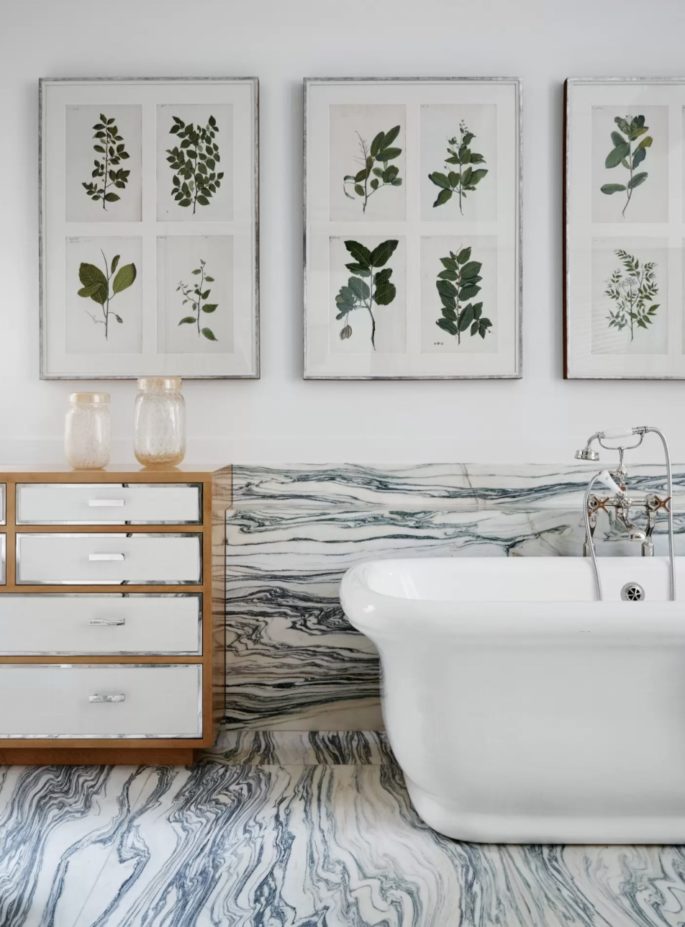
Move a piece of art that brings you joy into the room where you’re spending the majority of your time. Image via House & Garden UK.
Bring Down the Curtains
In rooms that don’t need privacy, dispense with curtains. “Having bare windows is a great way to make a room feel airy,” noted Michael S. Smith, the designer behind Michelle and Barack Obama’s White House interiors. We all need as much sunlight as possible. No window treatments are better than bad window treatments.
Use Up Surplus Paint
When we’re confined within four walls, each thumbprint, scuff mark and errant drop of tomato sauce looms large. So break out leftover house paint and do some touch-ups. Or go further and transform a piece of furniture, the back of a bookshelf or even a little lighting fixture using a bit of great colour. Thinking of combining some of your paint stash to make a larger batch? Even paint a small room, such as an entryway, bathroom, or compact bedroom. Read more, ’10 Designers Weigh In On The Best White Paint Colours.’
A new coat of paint is a surefire, and relatively easy, way to change the feel of a space.
Generally speaking, warmer, darker tones will make a space feel more intimate while lighter, cooler colours will make a room look more expansive — and if you aren’t up for applying more than one coat, don’t change the colour too drastically. If you are game for something a little more involved, painting the ceiling the same color as the walls can be a striking update and make old-fashioned shades feel more modern. Read more, ‘The 20 Best Paint Colours According To Dulux.’
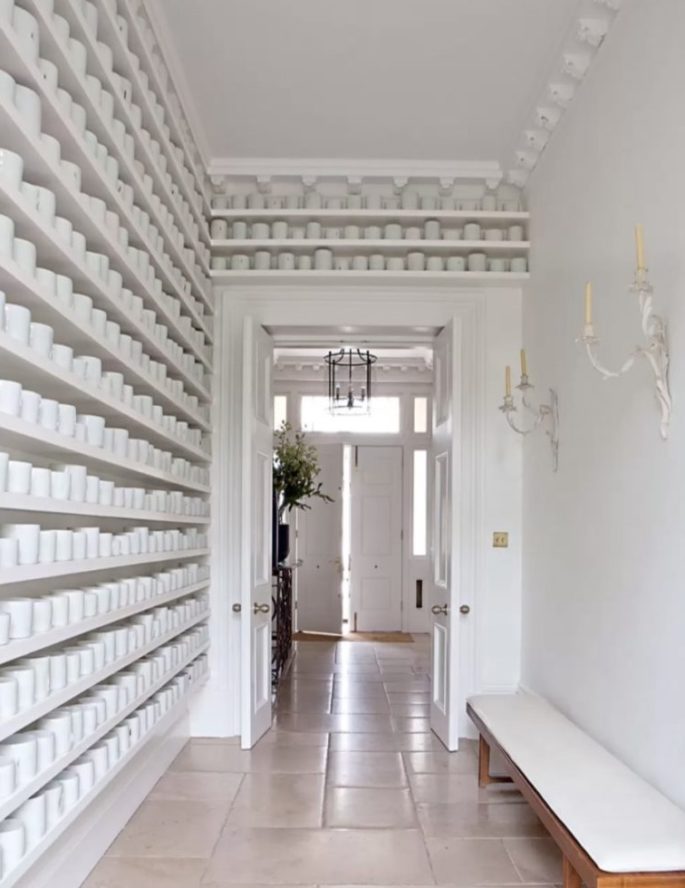
Turn your collections of china into decor. Image via House & Garden UK.
Make an Art of Hoarding
Interiors are as much about ‘feel,’ as ‘looks’. Keep yours warm, and welcoming. Turn your collections of china or glassware into decor. Try lining them on shelves, large to small. Boom! They’re modern. Stick to the same hue: they’ll really stand out. Even your groceries can be used as décoration. Display seasonal fruit and vegetables in big bowls on your tables. Look in cupboards, and layer up with lovely vases, stands and trays. Bring out baskets, and fill with greenery to add instant comfort, so guests don’t want to leave. Dig out old serving bowls and dishes which you can use to pile high with potatoes, onions and garlic. Then set them beside a lamp on the kitchen benchtop. Read more, ‘How To Display Your Collections.’
Inexpensive, utilitarian things shine when displayed well. Voilà, a still life.
Restyle Your Bed
Few things can transform a bedroom quicker than new bedding. For summer, it’s nice to get a fresh set of linen or cotton percale sheets — just avoid blends — and I recommend white or heather grey, which go with anything. Then, to really change the look of the room, choose a new quilt cover or bedspread. We use oversize bedspreads, and quilt covers from Ikea that reach the floor (and cover the ugly base of low beds). Or, if you like a tucked-in look, make sure the fabric covers the mattress with about 10 centimetrEs to spare to tuck in on the sides and end. And while we don’t recommend having too many pillows beyond what you use for sleeping — it just creates more work — adding a pair of $20 European pillows from chain stores such as Bed Bath N’Table Area, can be a great finishing touch. Every bedroom should have one, and it transforms the room.
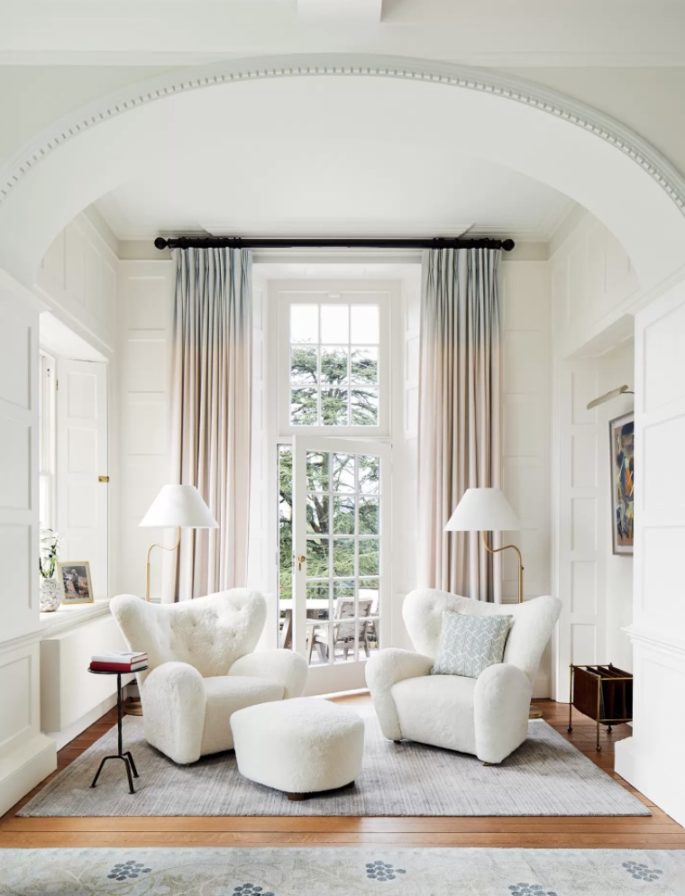
Trying playing with the layout: By moving two chairs opposite each other, you might experience the view—the room’s focal point—in a totally different way. Image via House & Garden UK.
Rearrange a Table (or More)
Most people don’t have empty tables lying about their space, so first start by clearing one, or at least putting the stuff that isn’t pretty on a tray to one side, so it seems contained.
Getting rid of unsightly clutter is a big part of real-life decorating.
Then take the objects you like to see (our favourites are books, candlesticks, small lamps, bowls and vases) and place them on the table. There are a lot of “rules” about placement — use an odd number of objects, use things of different heights — but ultimately it’s a matter of taste. The goal is simply to create a pleasing arrangement that you’ll enjoy looking at every day. Apart from books, most prefer to keep the number of objects low: usually three, maybe five if you get excited. Don’t forget that you’re going to have to clean them and the surface they’re on. If you’re feeling more ambitious and thinking of rearranging actual furniture, first really consider how you use the room — for example, if you spend a lot of time watching TV, you’ll want to have comfortable seating facing the television. Then, draw a to-scale floor plan on graph paper and make paper cutouts of your furniture; you can play with these miniature versions to find the best arrangement before you start repositioning your actual sofas and chairs.
Reorganise Your Bookshelves
Some people’s shelves look appealing while others’ are a mess. If yours fall into the latter category, there are a few things you can do. First, get rid of tattered, musty or mildewed paperbacks you’re not likely to reread and other flotsam that doesn’t really belong on a bookshelf (loose papers, objects that ended up there by default). Cull outdated travel and restaurant guides, self-help books, unloved cookbooks, popular light fiction and anything bought on a plane trip. Next, figure out how you want to organise the books that remain. Read more, ‘How To Decorate Your Shelves Like An Interior Designer.’
If you don’t have a lot, you can arrange them by size: larger coffee-table and art tomes on low shelves, novels above.
Let your books breathe, don’t make every shelf bulge. Consider breaking them up with collections that relate to the volumes. There should not be more than five centimetres between the tallest book on a shelf and the shelf above. If you have a larger collection (enough that you can’t easily find a favourite title by quickly scanning your shelves), separate the taller, wider books from the novels.
Some people like the look of books stacked on their side in piles, which solves the tall book problem. Lie spines out and stack attractively.
Finally, remember the aim of any home-decor project should be making your space feel more comfortable and more human.
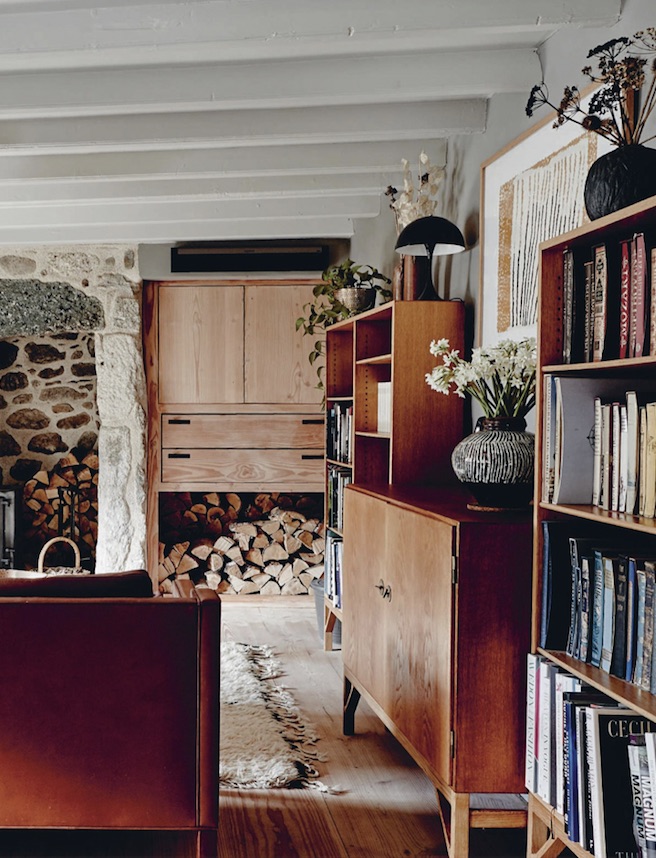
Let your books breathe, don’t make every shelf bulge. Consider breaking them up with collections that relate to the volumes. Image via Elle Decoration UK.
Lead image of West Village townhouse in New York City by designer Alisa Bloom;

